George J. Miao1580536670, 9781580536677, 9781580536684
Table of contents :
Signal Processing in Digital Communications……Page 2
Contents……Page 7
Preface……Page 15
1.1 A History of Communications Using Electricity……Page 19
1.2 Digital Communication Systems……Page 21
1.3 Digital RF Systems……Page 24
1.4 Link Budget……Page 35
1.5 Summary……Page 39
References……Page 40
2.1 Introduction……Page 43
2.2 Probability……Page 44
2.4 Probability Distributions and Densities……Page 50
2.5 Functions of Random Variables……Page 57
2.6 Discrete Distributions and Densities……Page 63
2.7 Continuous Distributions and Densities……Page 69
2.8 Upper Bounds on the Probability……Page 84
2.9 Stochastic Signal Processes……Page 88
2.10 Detection Theory and Optimum Receivers……Page 101
2.11 Summary……Page 105
References……Page 107
3.1 Introduction……Page 109
3.2 Discrete-Time Sampled Signals……Page 110
3.3 Nyquist Sampling Theorem……Page 112
3.4 Undersampling……Page 118
3.5 Stochastic Sampling Theorem……Page 123
3.6 Summary……Page 124
References……Page 126
4.1 Introduction……Page 127
4.2 Gaussian Channel Capacity……Page 128
4.3 Bandlimited Channel Capacity……Page 130
4.4 MIMO Channel Capacity……Page 135
4.6 MISO Channel Capacity……Page 139
4.7 Summary……Page 140
References……Page 141
5.1 Introduction……Page 143
5.2 Smart Antennas and Beamforming Structures……Page 144
5.3 Beamforming Algorithms……Page 151
5.4 Summary……Page 157
References……Page 158
6.1 Introduction……Page 159
6.2 Wireless Channels……Page 161
6.3 Wired Channels……Page 181
6.4 Channel Distortion……Page 189
6.5 Pulse Shaping……Page 198
6.6 Matched Filtering……Page 201
6.7 Summary……Page 202
References……Page 205
7.1 Introduction……Page 207
7.2 Discrete-Time Channel Models……Page 209
7.3 Channel Estimators……Page 212
7.4 Adaptive Channel Estimation and Algorithms……Page 226
7.5 Channel Models and HOS Estimations……Page 244
7.6 Blind Channel Identification……Page 256
7.7 Summary……Page 270
References……Page 271
8.1 Introduction……Page 275
8.2 Linear Equalizer……Page 278
8.3 Adaptive Linear Equalizer……Page 290
8.4 Fractionally Spaced Equalizer……Page 297
8.5 Decision Feedback Equalizer……Page 317
8.6 Space-Time Equalizer……Page 333
8.7 Diversity Equalizer……Page 341
8.8 Summary……Page 356
References……Page 360
9.1 Introduction……Page 363
9.2 Fundamentals of Discrete Multitone Modulation……Page 365
9.3 FFT-Based OFDM……Page 377
9.4 Filter Bank–Based OFDM……Page 391
9.5 Summary……Page 400
References……Page 402
10.1 Introduction……Page 405
10.2 Discrete-Time Phase Locked Loop……Page 407
10.3 Timing Recovery……Page 420
10.4 Carrier Recovery……Page 442
References……Page 453
A.2 The z-Transform……Page 455
A.3 The Inverse z-Transform……Page 466
A.4 The z-Transform All-Pass and Phase Systems……Page 470
References……Page 474
B.2 Vector Definitions……Page 475
B.3 Matrix Definitions……Page 477
B.5 Trace……Page 479
B.7 Determinants……Page 480
B.9 Eigenanalysis……Page 482
B.11 Singular Value Decomposition……Page 486
B.12 Quadratic Forms……Page 488
B.13 Maximization and Minimization Analysis……Page 489
References……Page 491
C.2 DFT Operation……Page 493
C.3 IDFT Operation……Page 494
C.4 DFT Matrix Operation……Page 495
References……Page 496
D.2 FFT Methods……Page 497
D.3 Fixed-Point FFT Algorithm……Page 504
References……Page 511
E.2 Discrete Closed-Form Formulas……Page 513
E.3 Approximation Forumlas……Page 514
E.4 Logarithmic Formulas……Page 515
About the Author……Page 517
Index……Page 519
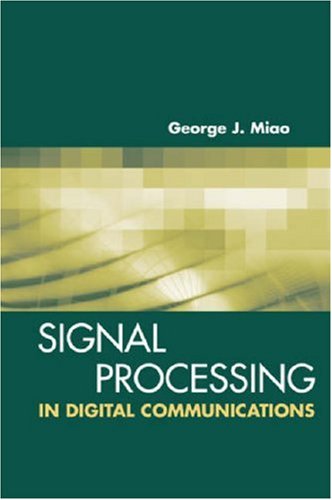
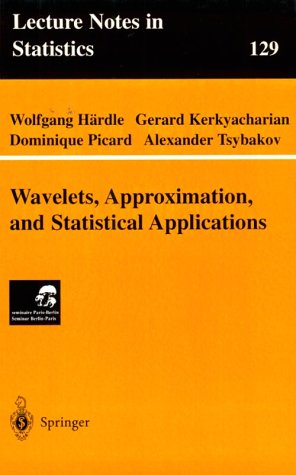
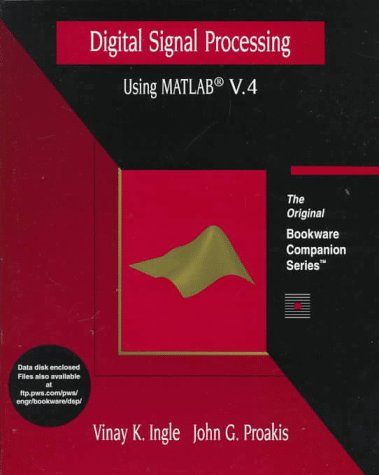
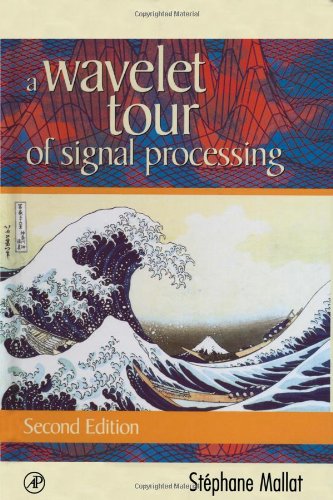
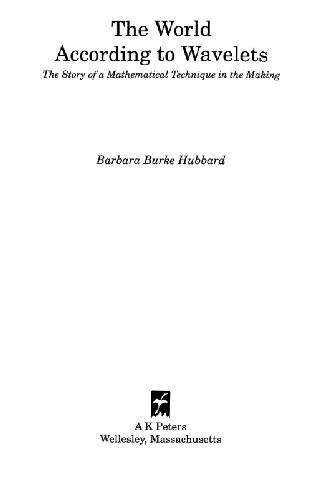
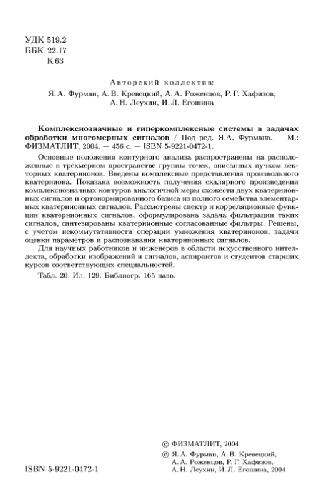

Reviews
There are no reviews yet.